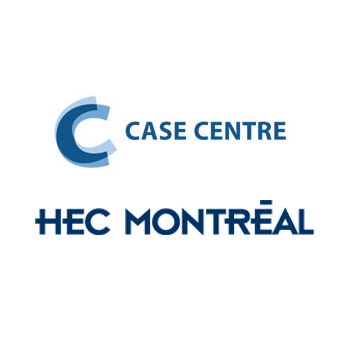Description
A Sustainability Strategy or Sustainability as a Business Strategy? The Case of Banco W: Abstract
In 2020, Banco W was a pioneer in Colombia’s microcredit sector. During the previous five years, Diana Lucía Fernández, Banco W’s corporate communications manager, had increased the visibility of sustainability efforts, including those to develop green areas around the bank and to establish social welfare and financial education programs. She had also consolidated internal responsibility for environmental issues and placed greater emphasis on sustainable sourcing. Most importantly, she had worked to incorporate all these activities within the organization’s strategy of creating shared value, creating goals and indicators for each sustainability issue. Many challenges remained, however. Banco W had agreed to comply with the Green Protocol it had signed in 2017, which meant both offering a portfolio of green products and integrating the Environmental and Social Risk Analysis (ESRA) in its approval of loans and project financing. Respecting these criteria would mean adopting sustainability as a business strategy, but given the nature of the bank’s target clientele, developing green products would not be easy. Moreover, integrating social and environmental criteria in its credit risk analyses could exclude the very people it aimed to serve.
Teaching objectives
By the end of this case, students will
- Understand the importance of a sustainability model and its implementation.
- Identify ways to incorporate sustainability into an organization’s strategy.
- Understand sustainability as a way to reduce environmental impact while solving social problems.
- Understand the use of industry standards (e.g., Green Protocol) and guidelines (e.g., Global Reporting Initiative) to leverage sustainability.
Additional information
Teachers’ notes are available for university teachers only. Please contact the HEC Montréal Case Centre.







Avis
Il n’y a pas encore d’avis.